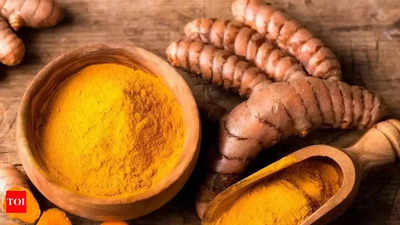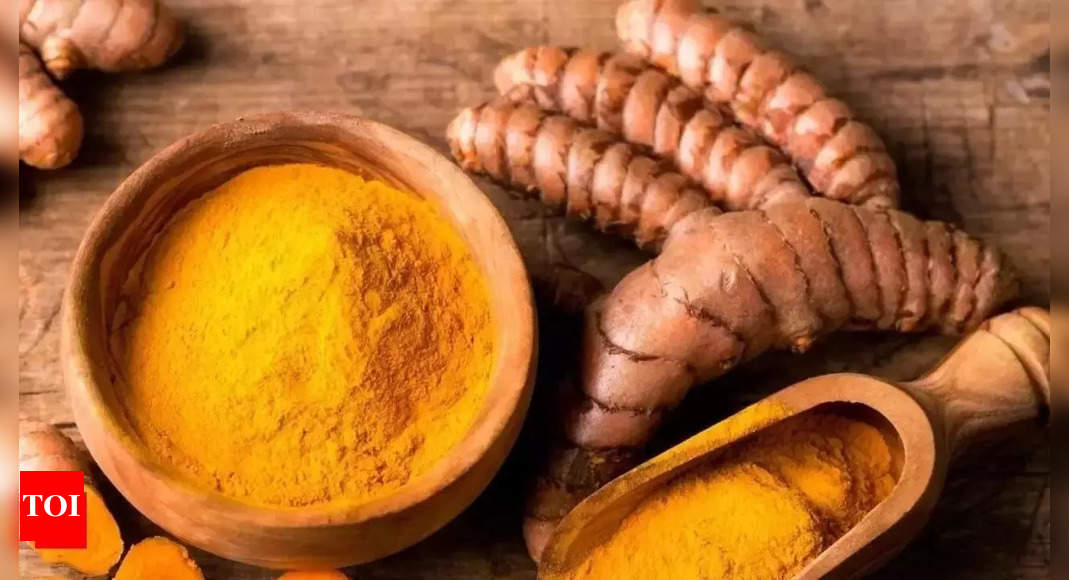
Turmeric, a bright yellow spice cherished in Indian cooking, is renowned not just for its unique flavour but also for its numerous health benefits, particularly in Ayurvedic medicine. Its widespread use, however, has made it a target for adulteration, with many vendors mixing it with artificial colours, harmful dyes, and other substances to enhance its appearance and texture.
Common pollutants include metanil yellow, lead chromate, chalk powder, and even wild turmeric, all of which can pose significant health risks to consumers.Given that turmeric is a staple in daily cooking and home remedies, it’s essential to ensure its purity.
By understanding how to test for adulteration, consumers can protect themselves and their families from the dangers associated with contaminated turmeric, maintaining both quality and safety in their kitchens.
Why and how turmeric is contaminated?
Turmeric, a staple in Indian cuisine, serves not only as a colouring and flavouring agent but also as a crucial ingredient in Ayurvedic medicine due to its therapeutic properties. Given its widespread use, turmeric is susceptible to adulteration.
Common practices involve mixing turmeric with artificial colours, dyes, Metanil yellow, and Lead Chromate to achieve an appealing bright colour and smooth texture. In some cases, adulterants like chalk powder, raw rhizomes, or even wild turmeric are added to create a Haldi powder that is unfit for consumption.
How to check the purity of turmeric at home?
Since turmeric is a vital component in everyday cooking and home remedies, it’s essential to ensure its quality and purity. Here are a couple of simple tests you can conduct at home:
Lead chromate test
To check for chemical adulterants, take a teaspoon of turmeric powder and mix it with water in a glass. If the turmeric settles at the bottom and the water turns pale yellow, the turmeric is likely genuine. Conversely, if the water turns dark yellow, the turmeric is likely adulterated.
Metanil test
To determine if your turmeric is polished with Metanil yellow, add a pinch of turmeric powder to a test tube, then add a few drops of strong hydrochloric acid. Shake the test tube well. If the solution turns pink, it indicates a significant presence of Metanil, which is hazardous and can cause food poisoning, stomach cramps, nausea, and indigestion.
Checking turmeric adulteration as per FSSAI guidelines
Since checking for adulterated turmeric has become increasingly difficult, the Food Safety and Standards Authority of India (FSSAI) recently outlined a step-by-step process to detect artificial colour adulteration in turmeric in a video. FSSAI regulates the manufacture, storage, distribution, sale, and import of food products, establishing standards to ensure food safety. You can refer to the video here.
Steps to check turmeric adulteration:
Step 1: Take two clean glasses of water.
Step 2: Add one spoonful of turmeric to each glass and mix well.
Step 3: After some time, observe the differences: adulterated turmeric will leave a strong yellow colour in the water, while authentic turmeric will produce only a light yellow hue.
Ensuring the purity of turmeric is essential for both health and safety, given its widespread use in cooking and Ayurvedic medicine. By following simple at-home tests, consumers can safeguard themselves from harmful adulterants commonly found in turmeric.
Also read: ‘Laapata Ladies’ to represent India at the 2025 Oscar awards; a look at India’s past Oscar nominations
